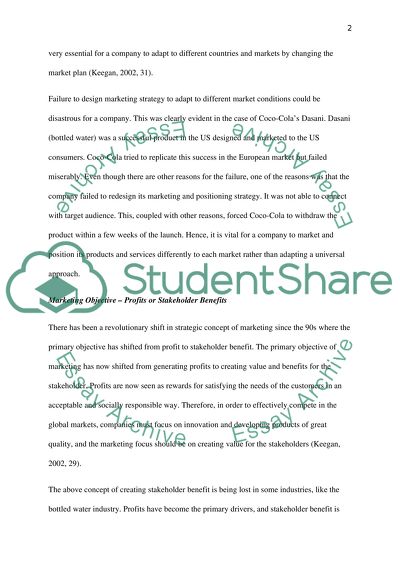Cite this document
(“Case Study: Bottled Water Critical Analysis Study”, n.d.)
Retrieved from https://studentshare.org/marketing/1444864-case-study-bottled-water-critical-analysis
Retrieved from https://studentshare.org/marketing/1444864-case-study-bottled-water-critical-analysis
(Case Study: Bottled Water Critical Analysis Study)
https://studentshare.org/marketing/1444864-case-study-bottled-water-critical-analysis.
https://studentshare.org/marketing/1444864-case-study-bottled-water-critical-analysis.
“Case Study: Bottled Water Critical Analysis Study”, n.d. https://studentshare.org/marketing/1444864-case-study-bottled-water-critical-analysis.


